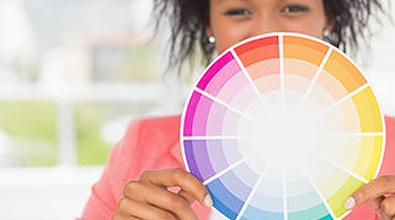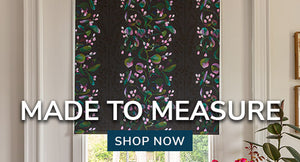The colour wheel
Home Interior Design
Using The Colour Wheel: Understanding the science between Colour-Combining using using colour becomes much easier when you understand how different colours work together.

To make sure that the colours that they want to use work together when they are designing a room, most professional base their scheme on a colour wheel that is divided into cool and warm shades. With the three primary colours red, blue and yellow as its basis, the colour wheel is made up of twelve segments, which contain the colours from which all other shades and tints are derived.
A TONING scheme uses different shades of the same colour. Decide on your main colour, find its segment in the colour wheel, then use all the toning shades within that segment. Adding white to a colour reduces its intensity and produces a lighter more subdued shade. Adding black to a colour deepens and strengthens its tone for more dramatic or masculine look.

A HARMONIOUS scheme uses colours that are next to each other on the colour wheel. To determine the colours that will work together, pick your main colour then use the segments either side of it. Colours that are closely linked on the wheel merge pleasingly with their neighbours and used together create an agreeable effect.

A CONTRASTING scheme uses two shades that are opposite each other on the colour wheel. To discover what colour to use, choose the segment positioned opposite your main colour. A airing of opposite colours can create a sense of drama in a room but, to avoid violet clashes use the opposite 'accent' colour sparingly.




























































